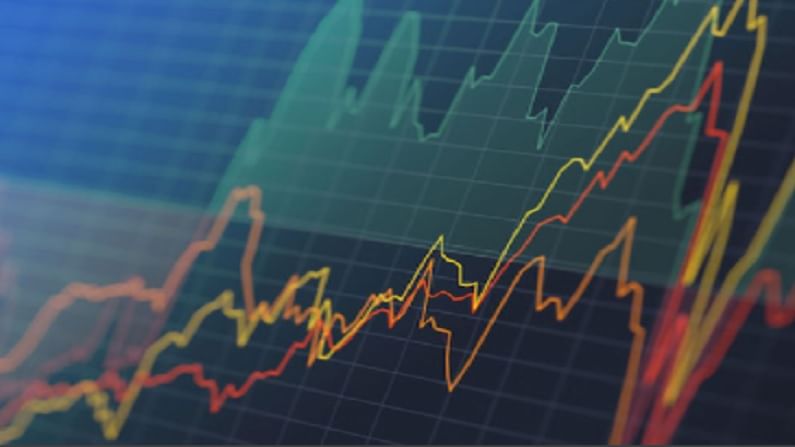How algorithmic trading has pushed millennials to explore investing
Algorithmic trading, not just in the world but also in India has ensured that the retail market participants get access to similar tools and resources

While India opened up to algorithmic trading only in 2008, it was already turning heads in the west where it was first launched almost 30 years ago. It is no surprise that algorithmic driven trades account for over 90% trades internationally. With over 50% of trades in India being backed by computers, India is not far behind in adopting a totally different type of trading technology powered by computer algorithms.
What are algorithms and how does this type of trading work?
Algorithms are merely rules built to enter and exit trades. First generation of algorithms focused on increasing the efficiency of order processing, for eg. large institutional desks would use algorithms to process large orders which would otherwise incur huge slippages and impact costs, slowly, algorithms were developed to profit from arbitrage opportunities emerging across exchanges and asset classes.
These algorithms were faster and more efficient than their human counterparts and in return made a windfall for their owners. All of a sudden savvy and rich investors had struck gold in the markets and had a super power which very few people had access to at the time.
Use cases
That has now changed, with algorithmic trading making its way to retail participants, the edge is slowly disappearing. The biggest factor for the success and huge adoption of this style of trading is that it helps keep emotional discipline as once the rules are developed and coded, the algorithm handles the execution end-to-end.
Another use case for algorithmic trading is that several brokers provide APIs to their end clients and this opens a world of possibilities for market participants where one could build complex logic outside of the broker’s terminal and virtually have access to the same infrastructure as the institutions.
Because algorithms are so much superior to humans when it comes to executing trades, products such as ETFs have become the first point of entry for new participants and index driven products have taken flight. New investors can relate to technology driven products which gives them a very simple framework to invest.
Red flags and pitfalls
Having said this, Algorithmic trading is not without its flaws, because of the scale and the sheer speed and volume of transactions, it is impossible to fix bugs and errors real time, and some mistakes can prove to be fatal.
To give an example, a few years ago, Knight Capital launched their algorithms to profit from derivative markets whereas small bug caught them and resulted in them losing 10 million dollars for every 60 seconds that passed. By the time they realised what had happened and shut the whole thing down, they were down around 450 million dollars.
Another incident happened in India when in Mahurat session, certain derivative contracts plunged by almost 20% due to a similar algorithms bug in a broker’s software. The exchange had to cancel and nullify all trades for the day. It is said, that with great power comes great responsibility and so is the case with algorithmic trading, one has to be extremely careful.
Youngsters hooked to these type of products
Algorithmic trading, not just in the world but also in India has ensured that the retail market participants get access to similar tools and resources just like the institutions. Today, a seasoned trader can make use of various products to profit from the markets, which was otherwise not possible for him. Index-driven products have brought a new set of investors to the foray with so many different products and services coming about.
The future
We would not be surprised if algorithms are responsible for over 90% trades in the coming times, along with efficiency they open huge possibilities for serious market participants. But one has to be careful as it can result in mammoth losses if the right risk management controls are not in place.
(The writer is CEO and founder, ThincRedBlu — a technology-driven retail broking firm. Views expressed are personal)